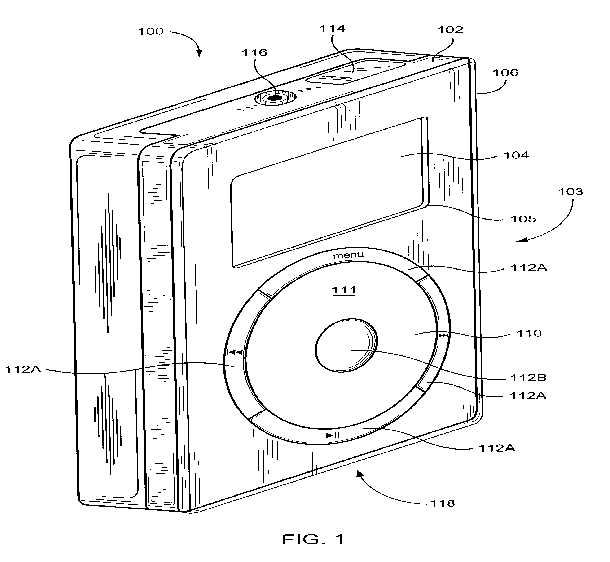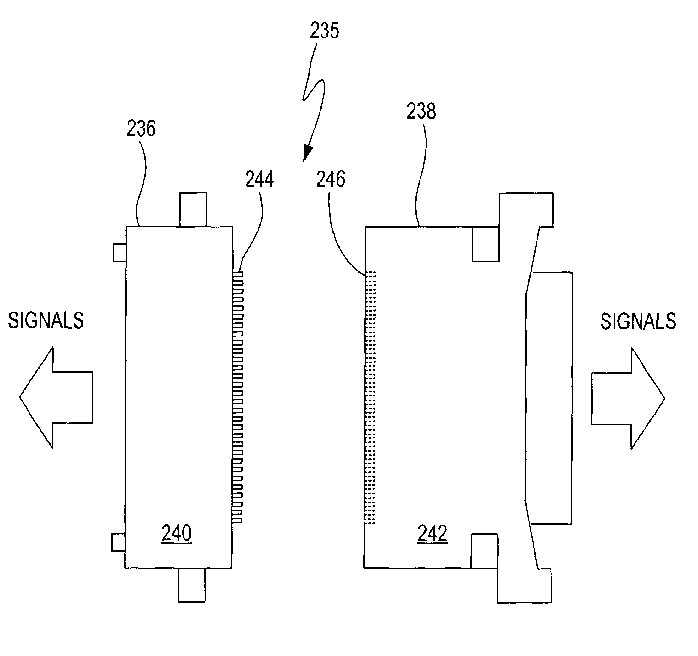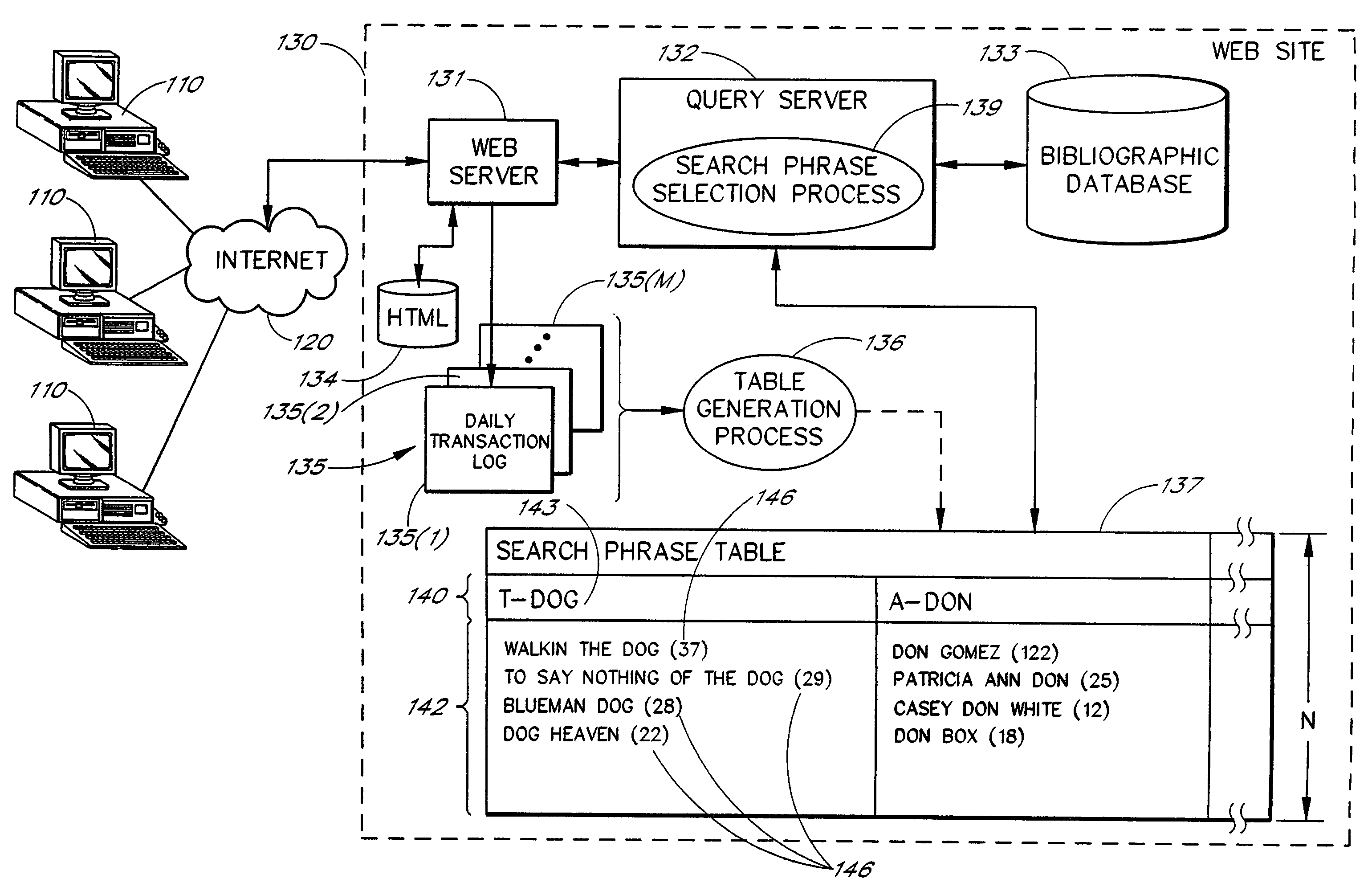Today’s Patent – Female Receptacle Data Pin Connector
The modern digital media landscape—where music, videos, and data flow seamlessly between devices—owes much of its foundation to innovations from the early 2000s. One such transformative invention is the Female Receptacle Data Pin Connector, patented under US7751853B2 by the United States Patent and Trademark Office (USPTO) on July 6, 2010.
Invented by Anthony M. Fadell, Stephen Paul Zedesky, and John Benjamin Filson, and currently owned by Apple Inc., this patented technology is at the heart of the docking station and wireless media player ecosystem that made the iPod a cultural and technological icon.

🔌 What Is the Female Receptacle Data Pin Connector?
The Female Receptacle Data Pin Connector refers to the specialized connector embedded within a docking station, designed to facilitate both power supply and data communication between a media player (such as an iPod) and external devices like computers or home entertainment systems.
In simple terms, it’s the physical interface that allows a portable media device to “dock” into a station, ensuring both mechanical alignment and electrical connectivity. This connector includes a series of data pins—carefully arranged to allow transmission and reception of digital signals—within a female receptacle, which mates with the male counterpart on the media device.
📱 Apple’s Vision Behind the Invention
During the rapid ascent of digital music in the early 2000s, Apple recognized a key consumer need: seamless, reliable, and intuitive ways to connect portable devices to other systems—without a complex web of cables or software setups.
This patent outlines a wireless media player system enhanced by a docking station equipped with the Female Receptacle Data Pin Connector. The combination enabled:
- Effortless syncing of music, podcasts, and videos between the iPod and computers
- Easy connection to stereo systems or car audio setups
- Simultaneous charging and data transfer
- Reduced reliance on third-party accessories or complicated setups
These features were pivotal to the iPod’s success—and set the standard for future devices like iPhones and iPads.

🛠️ Technical Features of the Patent
Let’s break down the core technical components that made this connector and docking system revolutionary:
1. Connector Design
The female receptacle is configured with a number of precisely placed data pins, each responsible for different signal types: audio, data, charging, and control. The physical layout ensures the male connector (from the media player) inserts correctly every time, protecting both device and station.
2. Circuit Integration
Behind the connector lies a sophisticated circuitry setup that facilitates bidirectional communication—allowing both the media player and the host device to exchange commands, data, and acknowledgments in real time.
3. Device Compatibility
The system was built to interface with multiple media devices, not just iPods. This vision allowed expansion across Apple’s product line and inspired third-party accessory makers to adopt similar standards.
4. Wireless System Support
Though the connector is physical, the system also supports wireless communication—such as Bluetooth or Wi-Fi—within the media ecosystem, laying groundwork for today’s wireless AirPlay and syncing options.
🌍 Impact on the Consumer Electronics Industry
This patented invention changed the way users experienced music and multimedia:
- Universal Docking Standard: The 30-pin Apple connector became a recognizable symbol, leading to widespread accessory development (from speaker docks to car interfaces).
- Simplified Media Syncing: Users could effortlessly manage their media libraries without technical know-how.
- Inspired Future Interfaces: This technology paved the way for the later development of the Lightning connector, USB-C, and MagSafe charging standards.
🎧 The Cultural Legacy of Docking Innovation
The Female Receptacle Data Pin Connector did more than just transmit signals—it represented a shift toward seamless digital integration. It enabled the iPod to be more than a portable music player; it became a hub for personal entertainment.
From dorm rooms to dashboards, millions of users docked their iPods daily—charging, syncing, and sharing their digital lives. This connector, though small in form, played a large role in shaping Apple’s hardware ecosystem and consumer expectations for connectivity.
🏢 About the Inventors and Apple Inc.
Anthony Fadell, widely known as the “father of the iPod,” led Apple’s iPod division and later co-founded Nest Labs. Stephen Zedesky and John Filson contributed to numerous Apple hardware innovations. Together, their work under Apple laid the technical groundwork for the smartphone era.
Apple Inc., the assignee of this patent, has built its brand on innovation, simplicity, and integration. This connector system represents a perfect blend of all three—and remains a benchmark in product design and functionality.
🔮 What the Future Holds
Today, we are moving toward a wireless-first world. Yet, the principles behind the Female Receptacle Data Pin Connector—reliable data exchange, user convenience, and integrated design—still inform product development.
While USB-C and wireless charging have taken center stage, physical connectors are still essential in medical devices, aerospace systems, industrial IoT, and more. Apple’s design philosophy continues to inspire engineers and inventors across industries.
✅ Conclusion
The Female Receptacle Data Pin Connector (US7751853B2) may seem like a simple hardware component—but it played a pivotal role in shaping the digital music era and redefining how we connect devices. As one of Apple’s quietly powerful inventions, it stands as a testament to how thoughtful engineering can transform user experiences and define industry standards.
Stay tuned with Today’s Patent for more groundbreaking ideas and the stories behind the inventions shaping our digital world.




 +1 888 890 6411
+1 888 890 6411